“Run, don’t walk!” Whether it’s the trendiest influencer’s latest Amazon storefront, the new TikTok shop item, or an ad for Forever 21’s latest sale, it feels like brands are constantly trying to get consumers to chase them. In an age where everything is at your fingertips, it’s a competition between companies to see how fast you can click on them. Every extra minute spent on an ad is one step closer to spending money. These advertisements used to be found on our TV screens, billboards, and radio stations. But, as America is picking up devices and setting down remotes, the ads have gone from being filler between our shows to being at the forefront of our content.
We are witnessing a turning point in social media content. Influencers of the past used to build their success by being relatable and building a close community with their viewers. Whether this was through car vlogs, storytimes, or realistic “day in the life” videos, their lives seemed to be parallel to ours and relatively attainable. However, in today’s age of social media, we see influencers vlogging casual trips to the Hamptons, showing thousand-dollar outfit checks, and sitting in box seats at any professional game of their liking. This may seem harmless at first glance, but, in reality, their title of “influencer” instead of “celebrity” gives the impression that this is within reach for their viewers – even though most of these influencers come from million-dollar family legacies. This enables the influencer to put on a facade of relatability and promote products to their viewers that, if bought, could guarantee their very own lifestyles of luxury. With one matching athleisure set, a vial of designer perfume, and a double cross necklace, you too will unlock the key to being a bombshell blonde influencer living in L.A. This selling tactic works, and it works so well that it seems as if every time you open a tab, there’s an ad waiting for you.
Product placement and sponsorships from brands onto the videos of influencers is not a new thing. Older, viral YouTubers such as Gabbie Hanna or Cody Ko have been advertising brands in the middle of their videos for almost a decade now. However, their product placement has almost always been obvious and announced – required by federal regulations. Cody Ko, in particular, has a blocked-off segment in his videos where he does his product placement and then goes right back to the video. Now, however, the lines are blurred between ad/product placement and content.
The first time I saw this shift in my media was when “TikTok Shop” launched last September. Suddenly, there was a third page available for viewing on my home screen, one where cheap clothes, room decor, and freeze-dried candies were available to buy. But I didn’t come to TikTok to shop – I came to watch my friends and favorite influencer’s videos. Nevertheless, there was a glaring “Shop” screen on my feed. Soon after that update, creators could link the products they wore or promoted to their posts. There it was again – another glaring opportunity to shop right there on my screen while I was in an app that had previously had nothing to do with shopping.
This update sent users into a frenzy – having identical clothes to your favorite influencers became a readily available option with no reverse image search or extensive googling. TikTok Shop is attractive and profitable – projecting for 2024 U.S. commerce sales to rise tenfold, to $17.5 billion (Forbes).
“Recently, I bought a Comfrt (clothing) set off TikTok shop because I had seen so many people on my For You Page wearing it.” said Ava Brent (16), a student at Ballard High School.
“I saw Megan Evans, who is often posting about clothes found through TikTok Shop, showing how comfortable it was and how it shipped within 2 weeks,” said Brent.
With influencers getting a percentage of the revenue generated from buyers using their link, more and more people want to participate in selling products.
Although annoying, the videos that are obviously ads are the least of concern. Not informing consumers of the paid and sponsored ads they’re consuming, or “sneaky advertising,” is illegal. Legally known as “Stealth Marketing” under Section 5(a) of the US Federal Trade Commission Act, companies are banned from using deceptive ad practices. This law is enforced by the Federal Trade Commission (FTC). The law requires our favorite influencers to admit to the product placement of brands and include the “#sponsored” in the captions of many videos. However, not every TikToker obeys these laws, and TikTok doesn’t seem to have the bandwidth to flag every sponsored video, causing viewers to get lost in between what is genuinely enjoyed and what is paid to love.
As the saying goes, “if it’s too good to be true, it probably is.” No over-the-counter vitamin is going to magically numb all of your emotions and solve your life problems. No lash serum is going to give you the extension effect in one day. And there’s no need to “run not walk” to buy a pheromone perfume that swears your crush will fall in love with you the second they smell it. As susceptible consumers to this issue, we are tasked with elevating our discernment skills more than ever before. You get what you pay for, and a $5 hoodie off of TikTok shop is simply not going to match the quality of the $70 hoodie that it’s claiming to duplicate. Just because you and your favorite influencer have the same pair of jeans doesn’t mean you’ll match her lifestyle along with it. Buy to you and your personality; there’s no need to take part in every new trend when it may be out of style by the time your package has shipped. So, next time you pull up TikTok Shop or click on an influencer’s “Linktree,” make the conscious decision between consuming in moderation or succumbing to the culture of overconsumption.


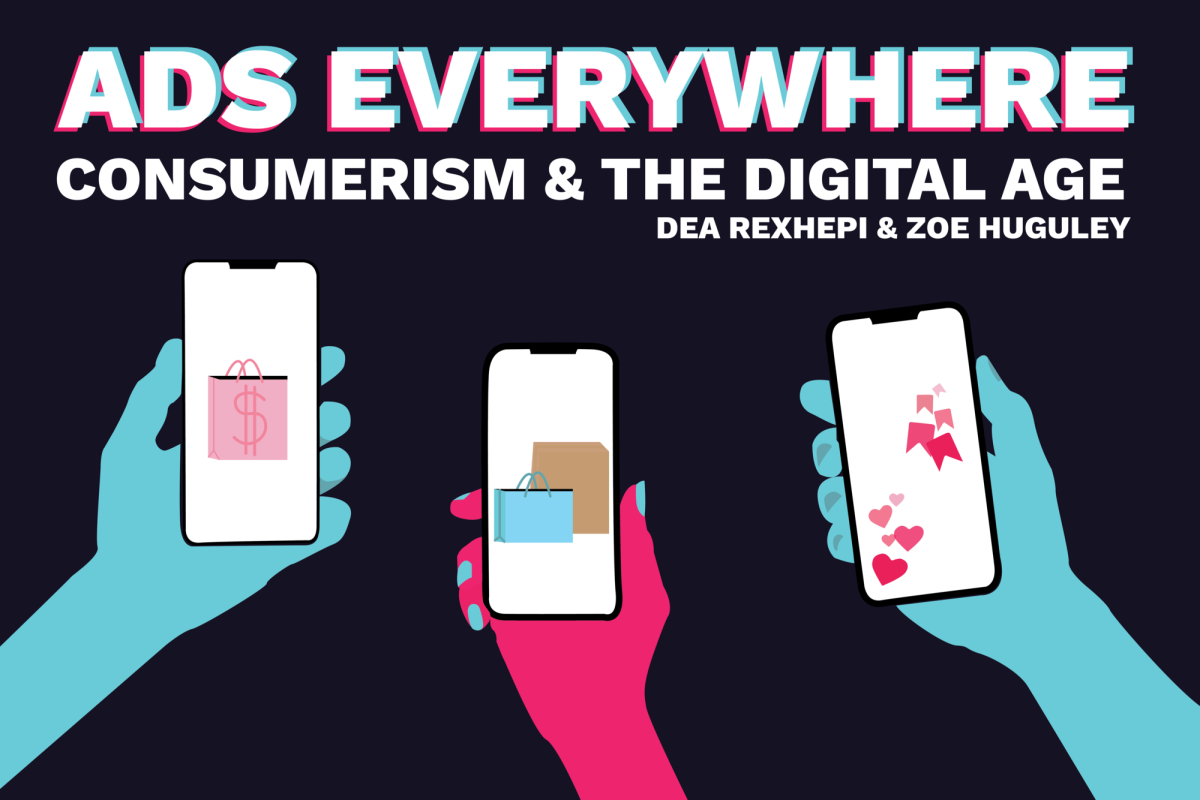
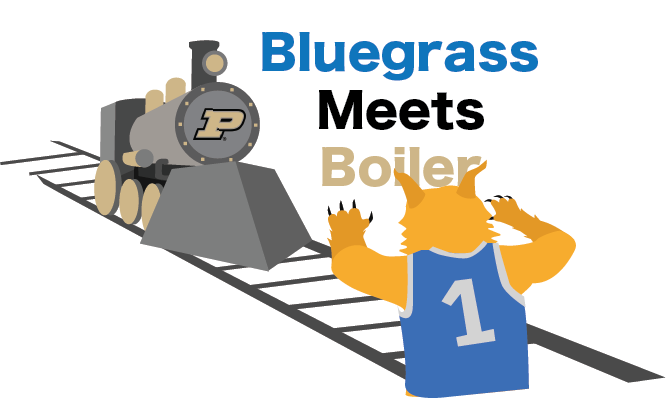
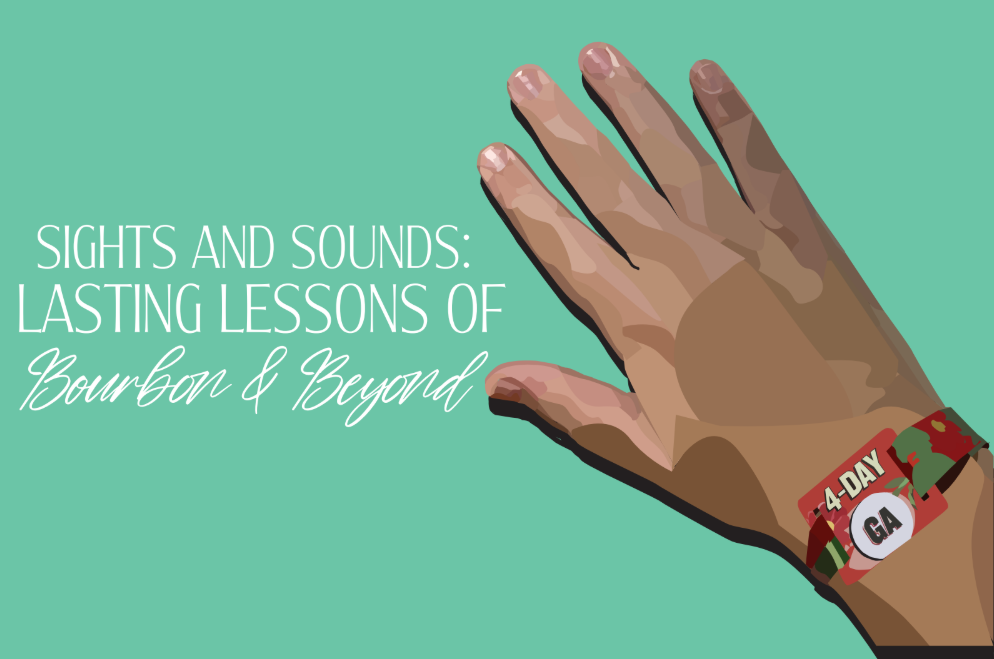

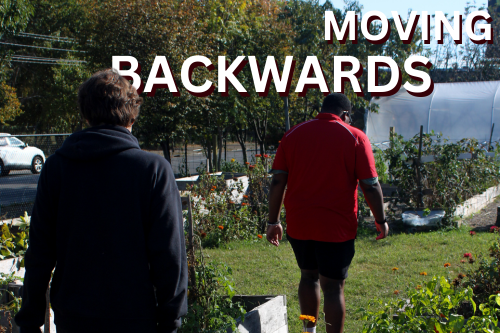

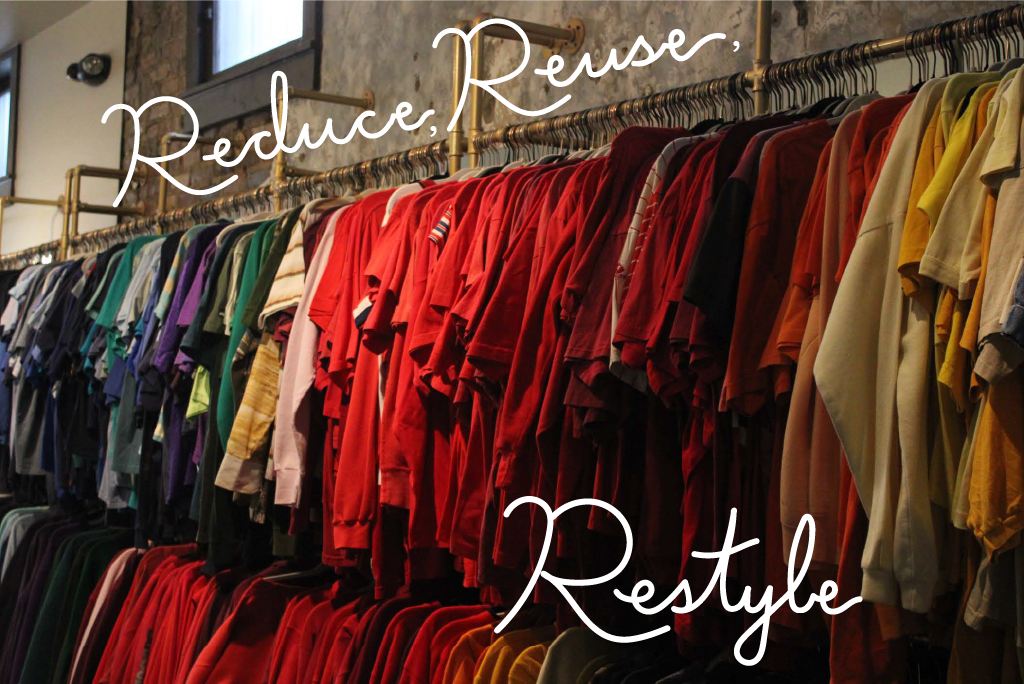

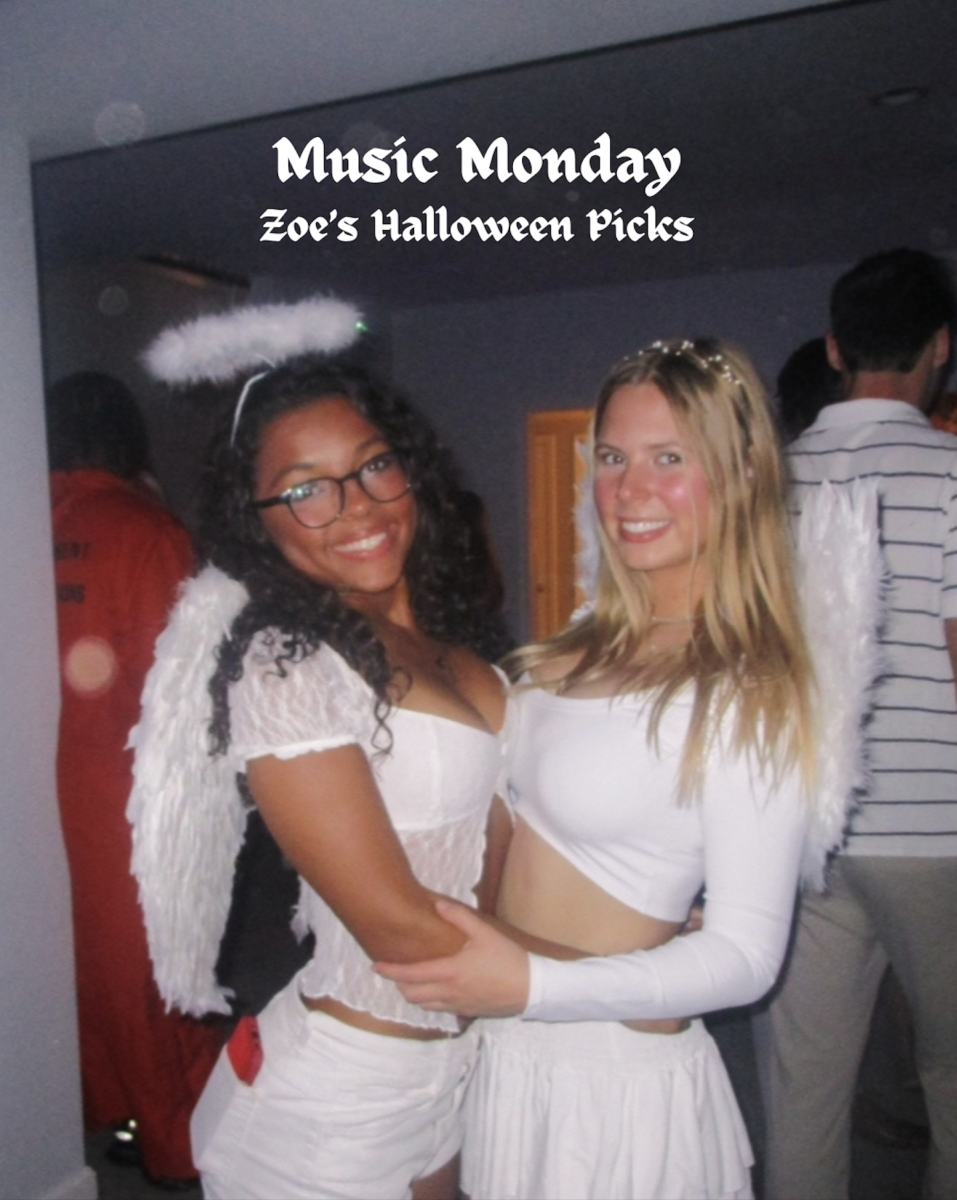

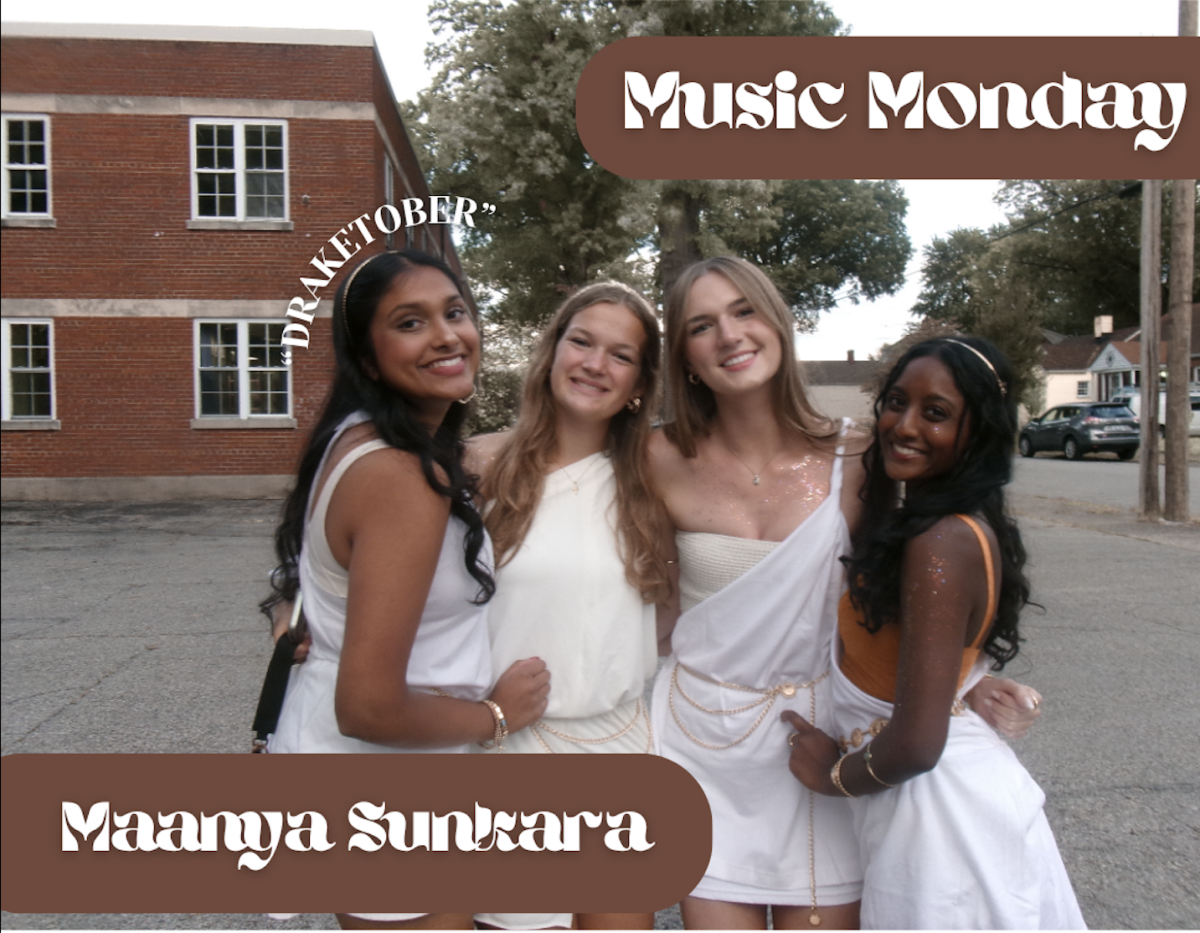


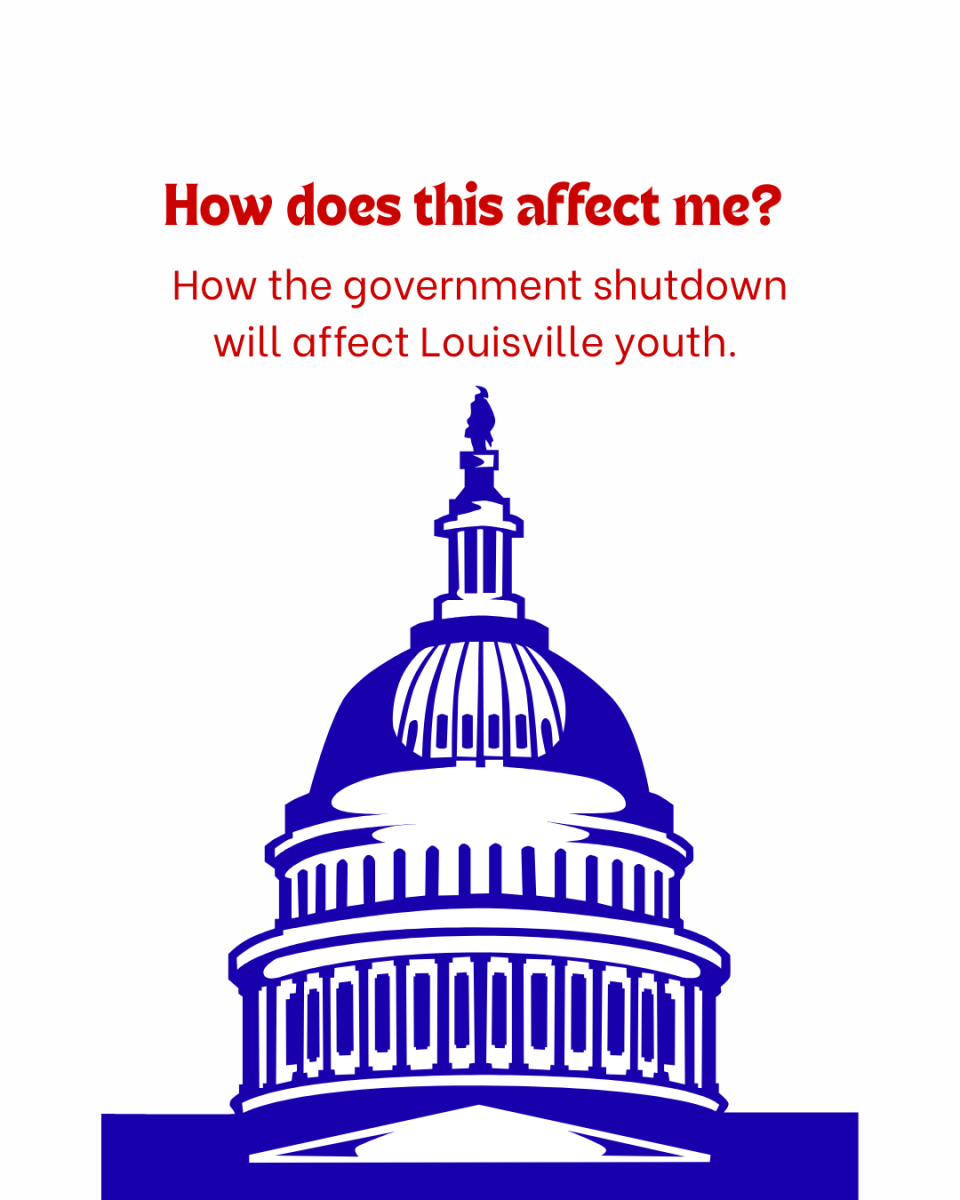
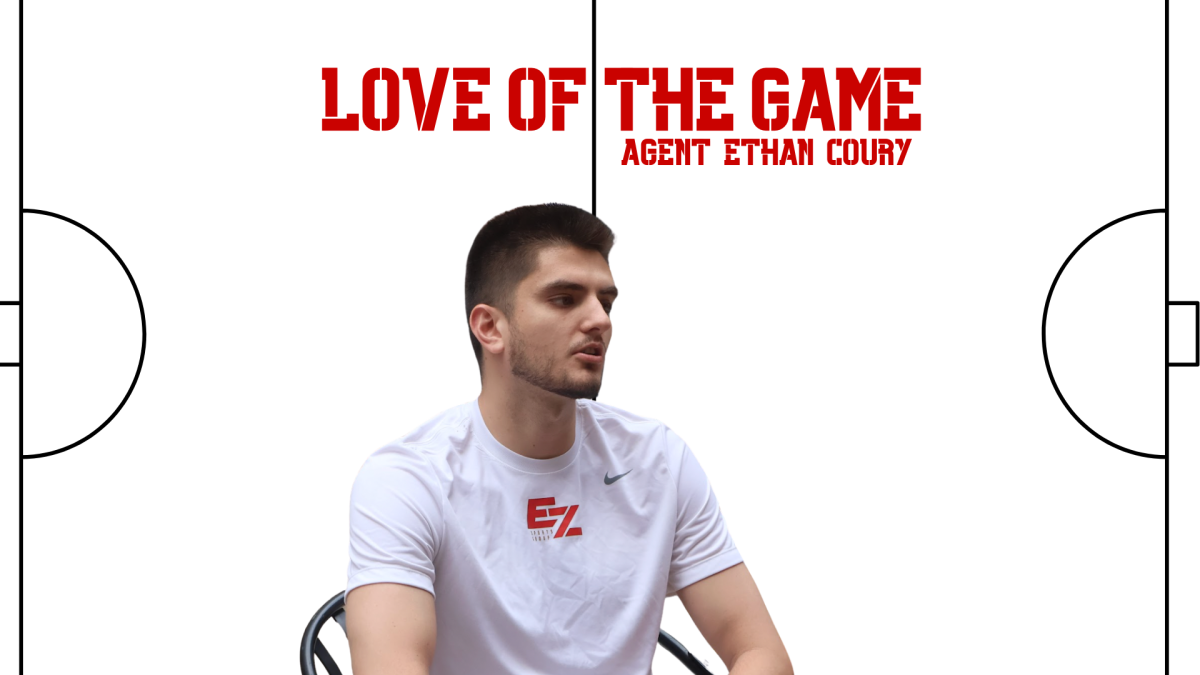



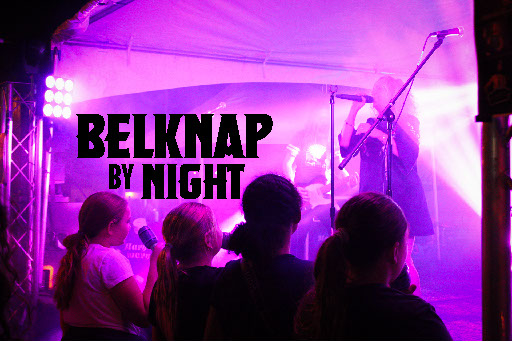


gracfe • Sep 24, 2024 at 12:26 pm
fire story